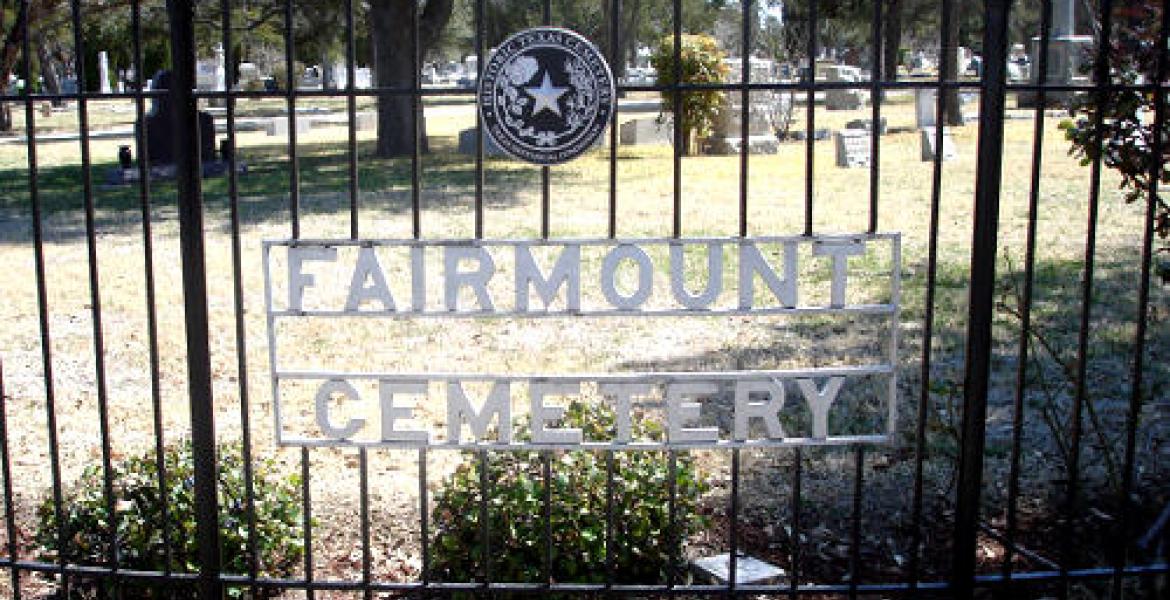WINDSOR LOCKS, CT — The B-17G that crashed in Connecticut Wednesday, killing seven people, was tragic. While the flying history of the 70-year-old bomber is gone forever, more tragic are the lives lost.
The Collings Foundation, located in Stow, Massachusetts, tours the country with their old warbirds. Three of the warbirds stopped through San Angelo April 4, 2018. The B-17, nicknamed “Nine-O-Nine” was part of the three-plane stop through here. The P-51 arrived first and the B-17G arrived an hour later. That’s because the B-17 cruises at around 130 knots indicated airspeed and the P-51 cruises at 225 KIAS.
On that April 2018 day, San Angelo pilot Morris Baxter received an instructional ride in the P-51 with Collings pilot Mike Hastings. Hastings is also a United Airlines pilot.
Fast forward to the tragedy Wednesday when the lumbering B-17G lost its number 4 engine just after takeoff from Bradley International Airport in Connecticut. The pilot reported the engine loss, and from reviewing the flight path on FlightAware.com, made a sweeping right turn to downwind to return to the landing Runway 6. The old bomber was barely at 800 feet above sea level, or around 600 feet above the ground, before the flight tracking ends as the bomber arrived on right downwind, flying opposite the landing direction, parallel to the landing runway, en route to make an emergency landing.
Doug Hardy, who runs the local Internet online news platform, CTNewsJunkie.com in Connecticut, had a reporter at the scene shortly after the crash and someone from his staff attended all press briefings. Hardy said the NTSB took a short time to sort out the number of victims that were on the plane and his wife, editor-in-chief Christine Stuart, has attended frequent press briefings since the crash. CT News Junkie is watching a preliminary crash investigation to be released soon.
There are theories floating as to what happened. One thing is for sure: The B-17 went “dynamic” while hampered by asymmetrical thrust caused by the loss of at least the number 4 engine. The old bomber careened from the approach end of the runway almost 90-degrees to the right and into the de-icing area on the parallel taxiway where it burst into flames.
What caused the airplane to suddenly deviate from the runway to the right?
The New York Times reported witnesses observed the bomber’s right wing strike runway lights positioned 1000 feet beyond the runway threshold. “In total, the plane hit about 30 approach lights as it sped toward the airport,” the NY Times reported. When an engine is inoperative on one side, the wing where the bad engine is located will be lower than the opposite wing to maintain a straight flight path. In this case, the bomber was likely being flown right wing low.
Engine-out approaches with an outboard engine failure are a standard emergency procedure practiced many times by pilots of multi-engine aircraft. An experienced pilot can certainly handle an engine-out approach and the pilot flying that day was certainly well qualified.
The bomber’s aircraft commander, Ernest “Mac” McCauley, 75, of Long Beach, California, was described as the most experienced B-17 pilot in the nation, amassing 7,300 hours in just the old bomber, reported the Hartford Courant citing an NTSB board member. He was also the safety officer for the Collings Foundation, the non-profit history preservation organization that operates many vintage WWII aircraft.
Fellow Collings Foundation pilot, Eric Whyte, who pilots the foundation’s B-24 Liberator, wrote a tribute to Mac on Facebook. You can read the entire tribute here.
“For those that never met him, he was a former NFL player, took pride in being a curmudgeon, liked to laugh at millennials but He had a soft spot for animals. Especially dogs. He would often sneak away from the tour and visit animal shelters to walk the dogs since being on the road he couldn’t have one of his own,” Whyte wrote.
Mac’s rule when flying sorts out his punch at millennials: “No selfies in the cockpit,” Whyte wrote.
Killed in the crash were McCauley; his copilot Michael Foster, David Broderick; Gary Mazzone; James Roberts; Robert Riddell; and Robert Rubner. The flight engineer, Mitchell Melton, survived with injuries. Also injured were Andy Barrett, Linda Schmidt, Tom Schmidt, Joseph Huber, and James Traficante. Andrew Sullivan, an airport employee, was on the ground and also injured.
There are 46 B-17s remaining today. Nine are flying. Just 38 of them are located within the United States.
Subscribe to the LIVE! Daily
Required






Post a comment to this article here: